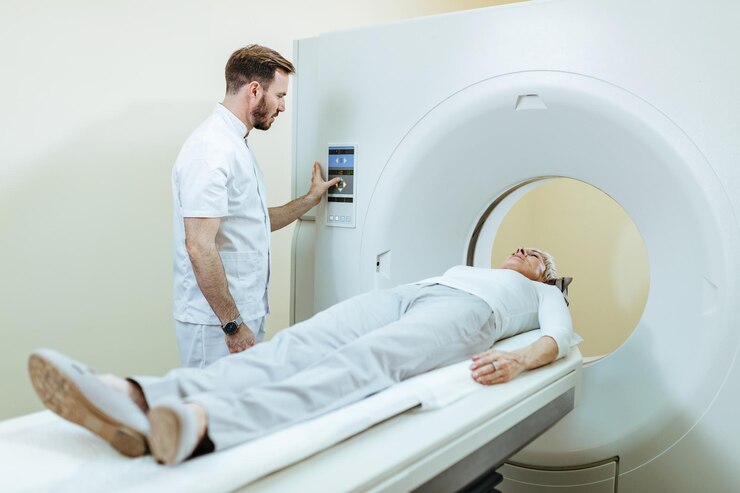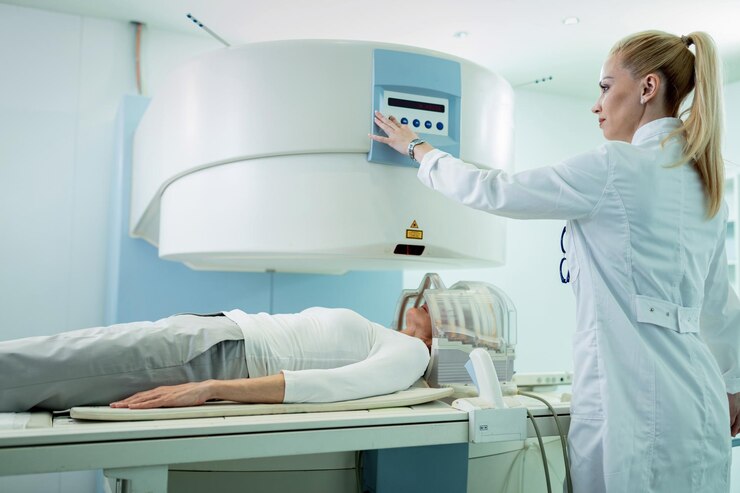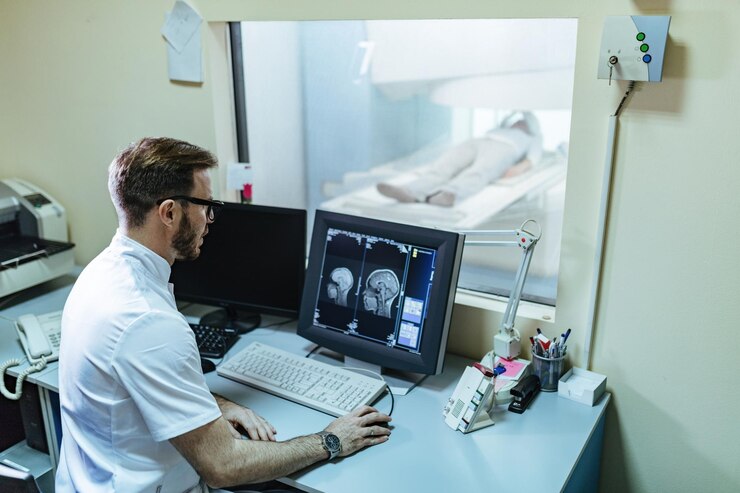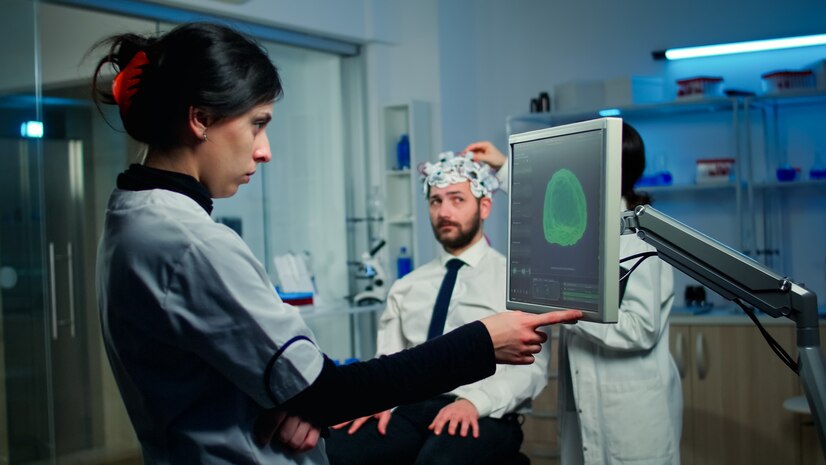


Nuclear medicine at our facility uses radioactive isotopes for precise diagnosis across various conditions:
Endocrinology: Scans for parotid gland and other diseases.

What is PET/CT?
PET/CT combines Positron Emission Tomography (PET) and Computed Tomography (CT) to provide both metabolic and anatomical insights in a single session, facilitating comprehensive cancer diagnosis and management.
Differences between PET alone and PET/CT:
While PET identifies metabolic activity and tumor sites, PET/CT enhances localization accuracy and speeds up the scanning process, making it ideal for claustrophobic patients.
Applications of PET/CT:

Radiotherapy Planning with PET/CT:
PET/CT-guided radiotherapy planning is a standard practice globally, allowing for targeted tumor irradiation while sparing healthy tissues.
Procedure for PET/CT Scans:
Patients undergo a contrast agent injection followed by a resting period to enhance uptake before scanning, which lasts between 35 to 45 minutes.
Advantages of PET/CT:
